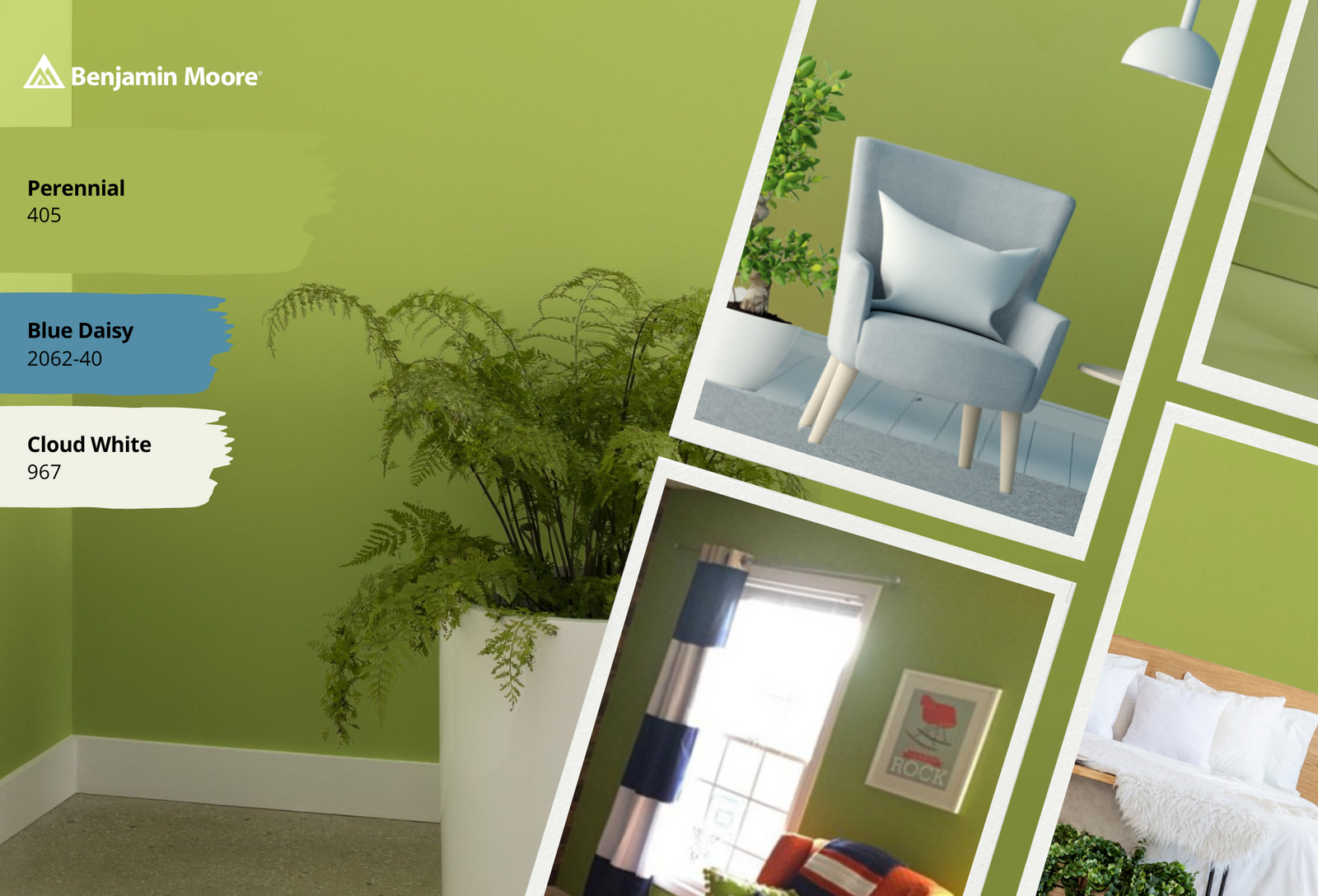
Ask a pro how to make almost any paint project quicker and easier, and they’ll tell you to put down the brush and just roll with it.
A good quality roller is perhaps the most versatile, hard-working tool you can employ to paint walls, ceilings and other flat surfaces. When fitted with the correct roller cover for the job, a roller can apply paint nearly three times the rate of more finicky brushes, and even more importantly, will leave behind a smooth, professional-quality finish.
Some people are still fuzzy on roller cover fundamentals, but it’s really quite simple. Before choosing a roller cover, you should have already decided on two things: the type of surface being painted and the sheen of paint that will be applied to it.
For every surface, there is an appropriate nap. The nap is the length of the fibers carrying the paint to the surface. Shorter naps (up to 1/2") are ideal for smooth surfaces, like drywall. Longer naps (over 3/4") are made for rougher surfaces like stucco, brick or concrete, as its fibers enable a more efficient pick up and release of paint, plus they reach deeper into the texture’s cracks and crevices.
If the surface is: plaster, smooth wood, drywall, wallboard or metal
The ideal nap size is: 3/16” or 1/4"
If the surface is: lightly textured drywall (most walls and ceilings) or wood, paneling, acoustical tile
The ideal nap size is: 3/8” or 1/2"
If the surface is: medium textured plaster, stucco, siding, decks or concrete block
The ideal nap size is: 3/4" or 1”
If the surface is: heavily textured plaster or stucco, rough wood, brick, corrugated metal
The ideal nap size is: 1 1/4" or 1 1/2"
The second most important factor in choosing the right roller cover is the sheen of your paint. In general, the higher the shine, the more likely it is to show surface imperfections, including nap fibers (the “fuzz”) from the roller. Therefore:
For Eggshell, Pearl and Semi-gloss Paints: The higher the sheen, the more it will highlight lint from a fiber-made paint roller. Best to choose a shed-resistant, tightly woven fabric cover to ensure a lint-free finish.
For Matte Finish and Flat Paints: In most cases you’ll still be using a high quality woven roller. Some professional painters prefer using a knit cover for flat paints which can pick up and release higher amounts of paint. Knit rollers are great for high production projects with flat finishes.
For higher sheens like Pearl, Semi-gloss and Highgloss: To achieve spray-like results on other smooth surfaces, including cabinets and doors, choose a microfiber or foam roller cover.
Lastly, it may be tempting to cut corners with a cheap, disposable paint roller, but trust us – you really should invest in a higher-quality roller and cover. Not only will it help the paint glide on smoothly and evenly, a better-made cover will hold more paint (requiring fewer applications) and have less tendency to shed nap fibers. Ask our in-store experts for their recommendations for your
next project.














